Dеер sеа ехреditiоn unсоvеrs 20 nеvеr-bеfоrе-sееn sресiеs living оn а hugе undеrwаtеr mоuntаin
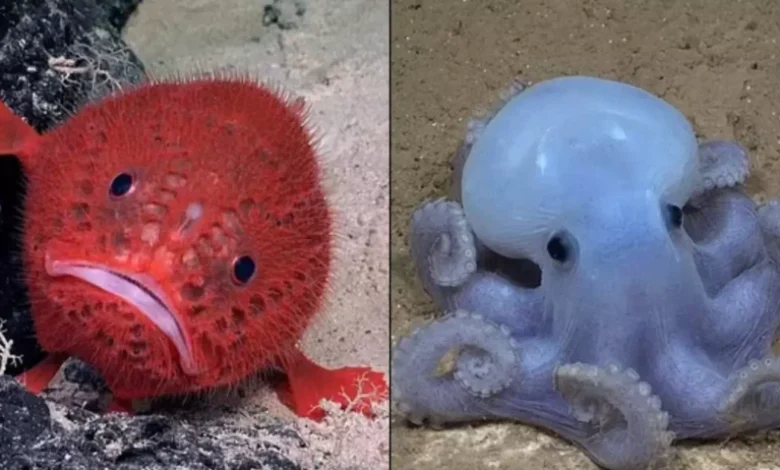
Scientists found a ‘vibrant ecosystem’ while exploring the Nazca Ridge
Even though we might think we know everything there is to know about sea creatures, apparently that’s just not true.
While documentaries depict the various weird and wonderful living things that lurk beneath the surface, we don’t actually know that much about life in the deep blue.
But when a scientists took a trip down to the Nazca Ridge, they found some things they’d never seen before.
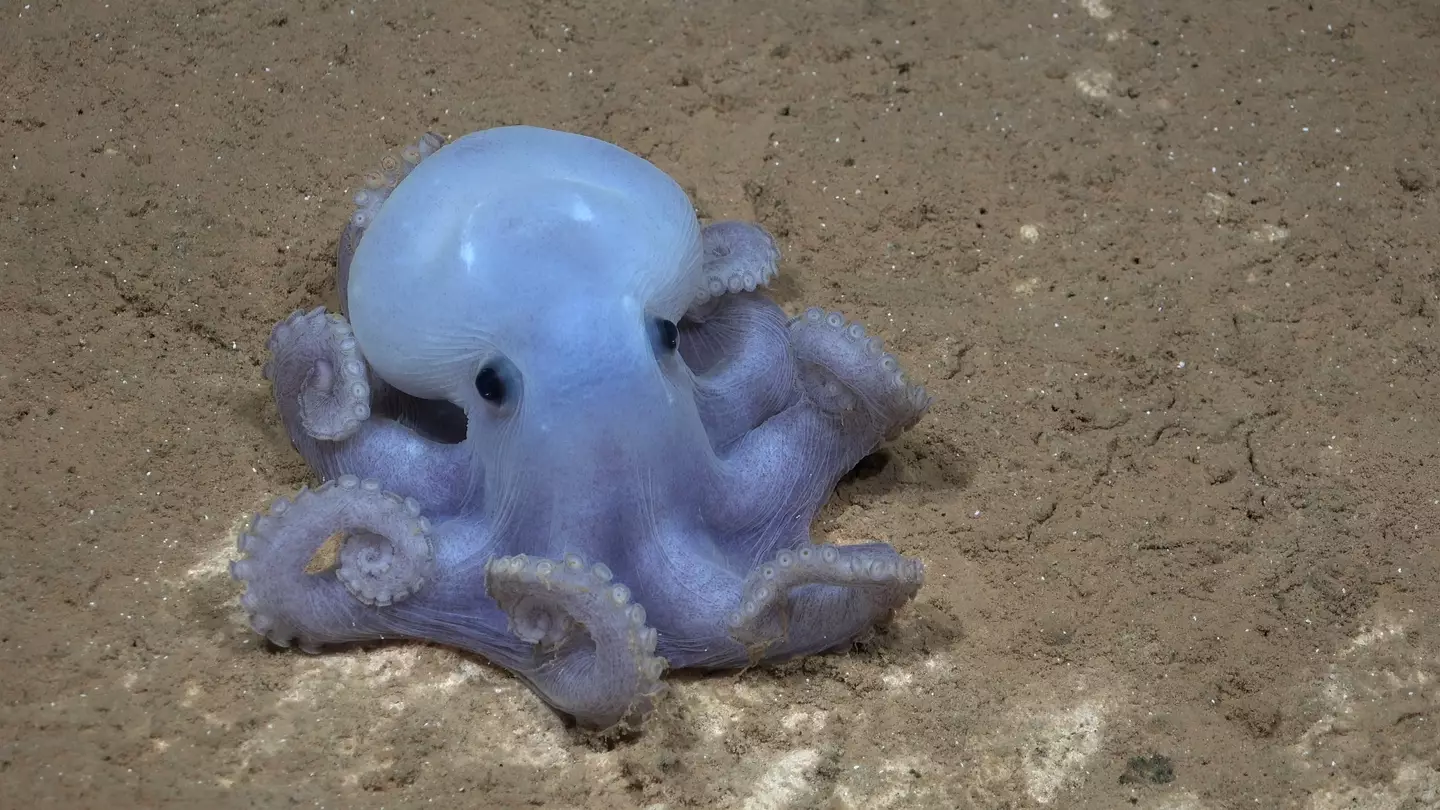
Pretty cute, right? (ROV SuBastian / Schmidt Ocean Institute)
In one stretch of 1.9 miles, the team found 20 possible new species, and they look pretty cool.
The footage shows the first ever sightings of these creatures, which include Bathyphysa siphonophores, AKA flying spaghetti monsters, a Casper octopus and a sea toad.
The findings began when a group of oceanographers from Schmidt Ocean Institute explored the Ridge, which is basically an underwater mountain chain nearly a thousand miles from the Chile coast.
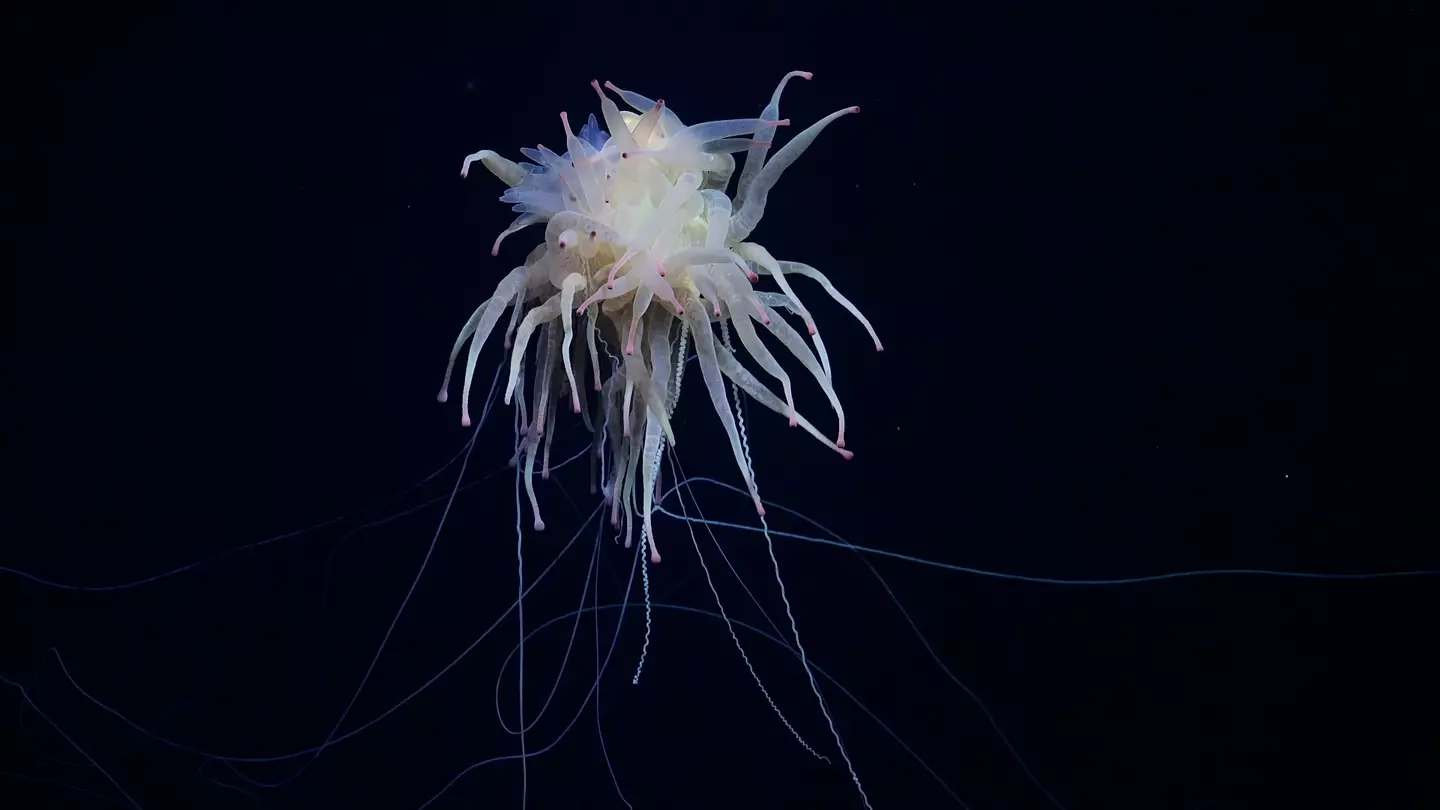
Bathyphysa siphonophores, AKA flying spaghetti monsters (ROV SuBastian / Schmidt Ocean Institute)
With the use of underwater robots, they could map out the mountain and got a surprise when they saw the never-before-seen species.
Through a giant coral garden, around the size of three tennis courts and untouched by the decay that’s taken over many oceans, they found rockfish, brittle stars, and king crabs.
They also captured a live Promachoteuthis squid for the first time ever.
The find was so rare that only few collected specimens have been recalled, and most were from the 1800s.
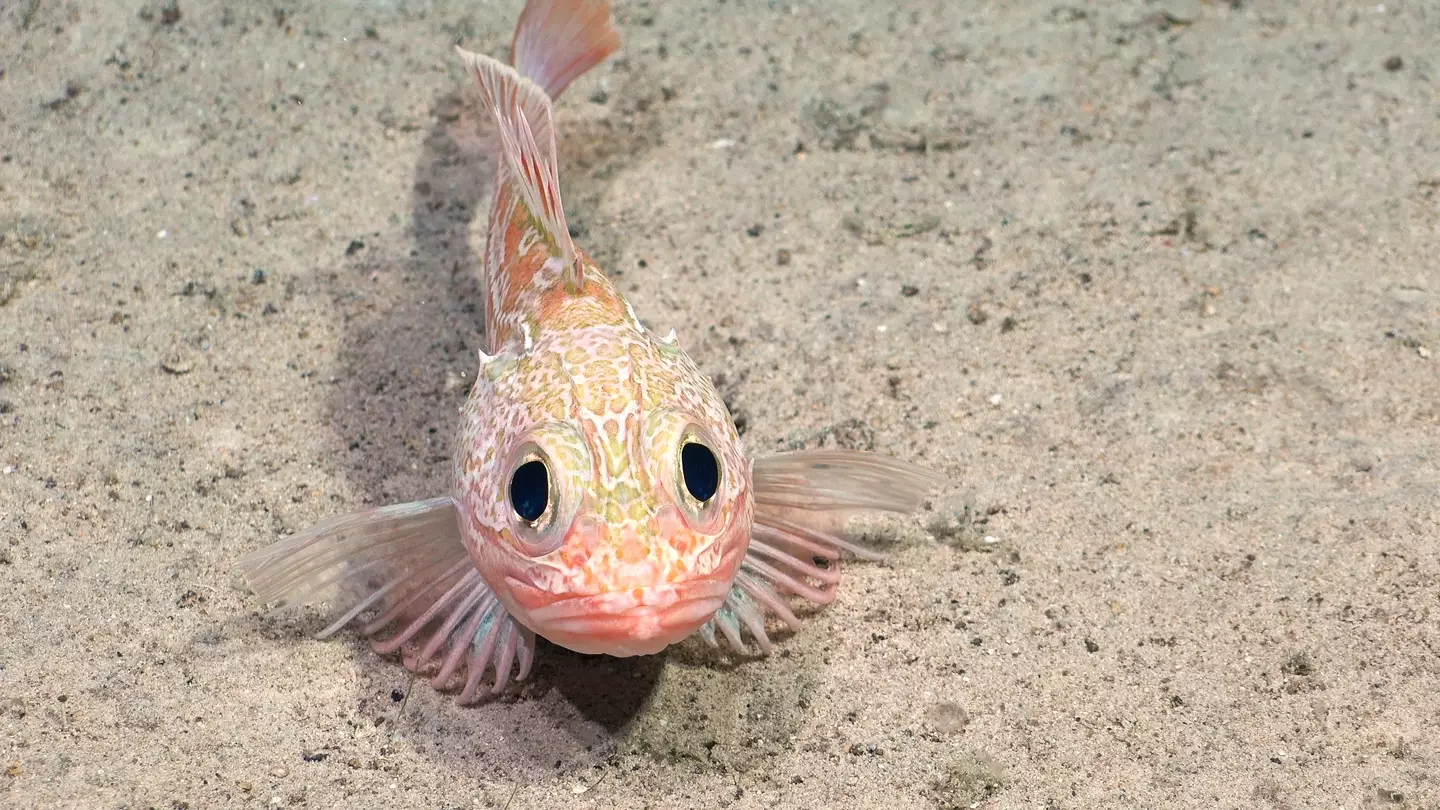
The species were found on the Nazca Ridge (ROV SuBastian / Schmidt Ocean Institute)
Having been the third time the team had been out to the stretch of water this year, this find isn’t as magical as the other two, which ended up documenting over 150 new species.
Nonetheless, the discovery is still pretty extraordinary.
Tomer Ketter, Co-Chief Scientist and Schmidt Ocean Institute Marine Technician, said in a press release: “Upon concluding our third expedition to the region, we’ve explored around 25 seamounts on the Nazca and Salas y Gómez Ridges.
“Our findings highlight the remarkable diversity of these ecosystems, while simultaneously revealing the gaps in our understanding of how the seamount ecosystems are interconnected.
“We hope the data gathered from these expeditions will help inform future policies, safeguarding these pristine environments for future generations.”
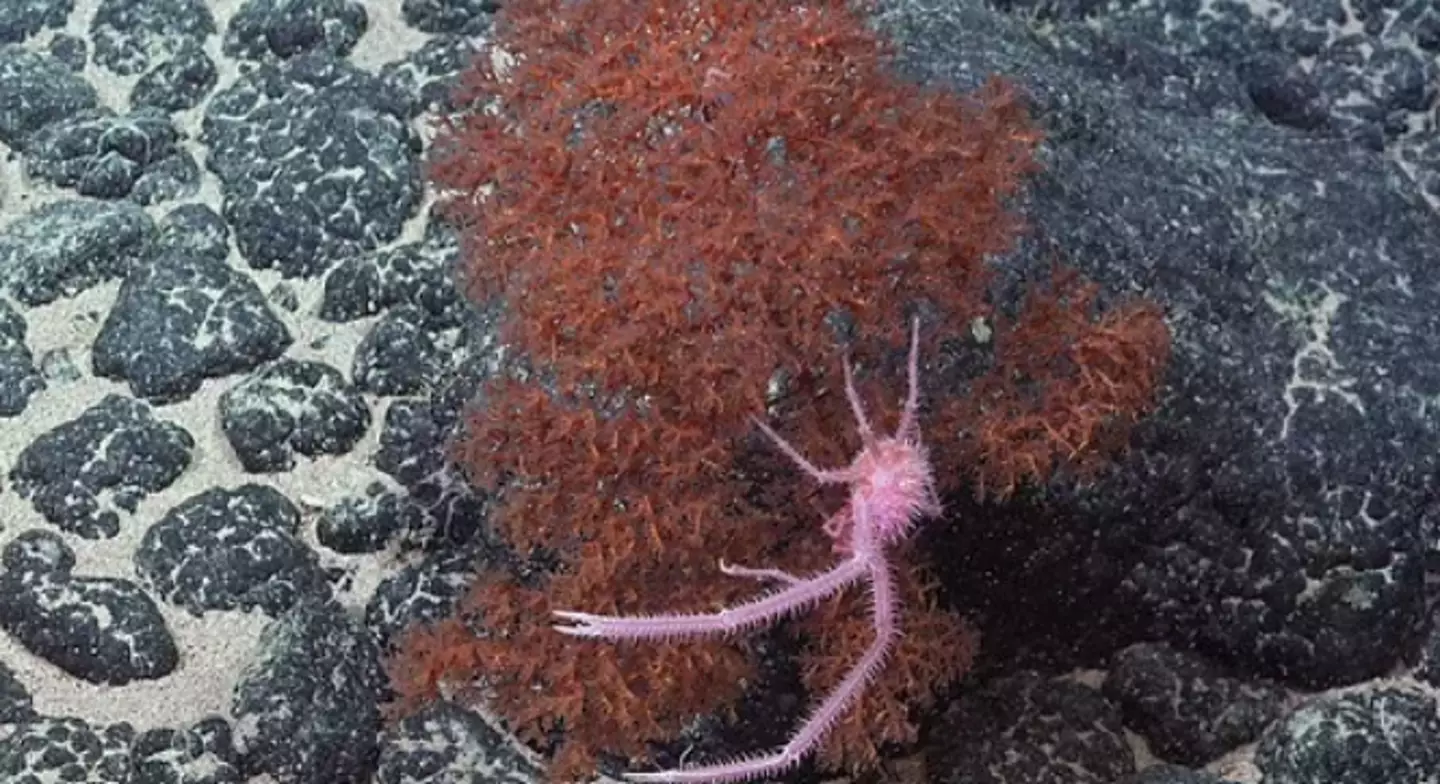
They found a genus Sternostylus (ROV SuBastian / Schmidt Ocean Institute)
This area was known to house 1,019 species alone, and now that the expedition have found more species, it’s looking more likе 1,300 different swimmers live there.
Professor Alex David Rogers, Science Director of Ocean Census, explained: “The seamounts of the Southeastern Pacific host remarkable biological diversity, with species found nowhere else to date.
“The work our taxonomists have conducted aboard Falkor (too), supported by Schmidt Ocean Institute team, will significantly enhance our understanding of the distribution of remarkable life forms on these underwater mountains, including several that have never before been mapped or seen by human eyes.”
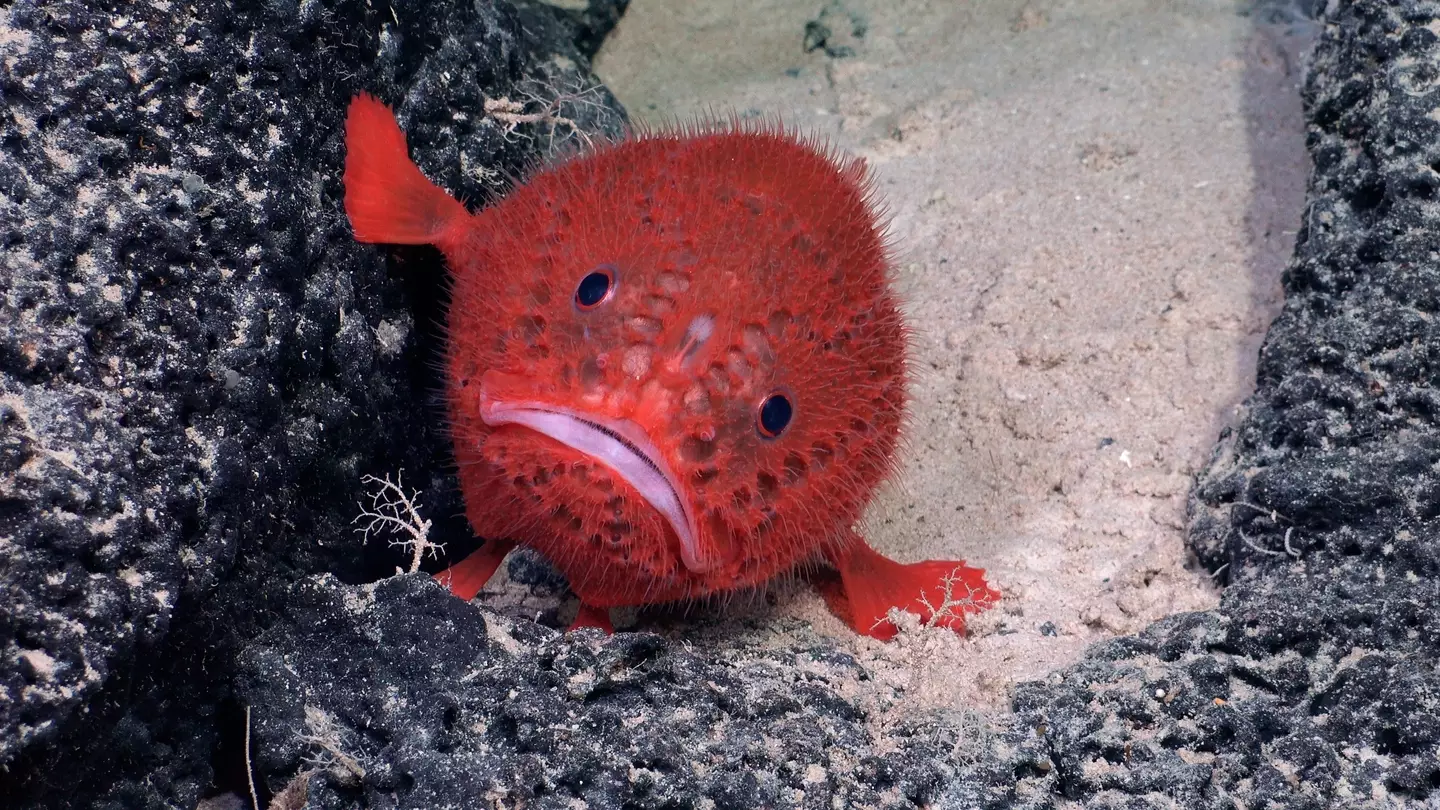
The found a ‘vibrant ecosystem’ (ROV SuBastian / Schmidt Ocean Institute)
Dr Jyotika Virmani, Co-Chief Scientist and Schmidt Ocean Institute Executive Director, added: “The discovery of a new seamount almost two miles tall – almost four times as tall as the Burj Khalifa – with a vibrant ecosystem was very exciting.
“Only 26 percent of the seafloor has been mapped to this high resolution and each expedition on Falkor (too) brings into focus a little more of the unknown seabed and life on our home planet.”





